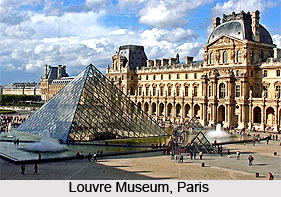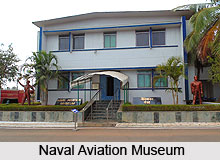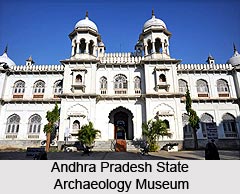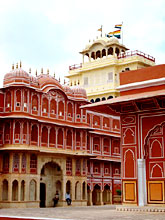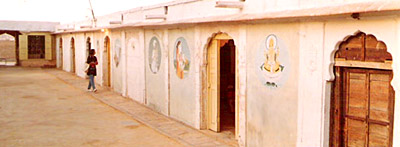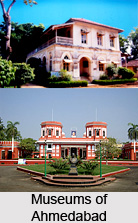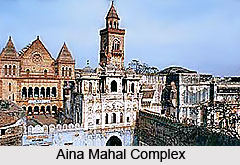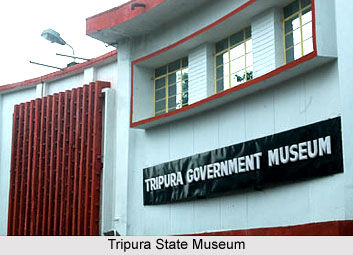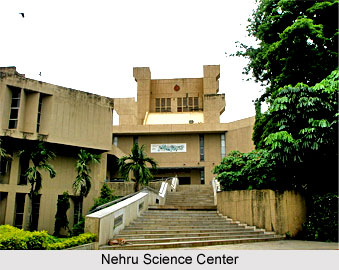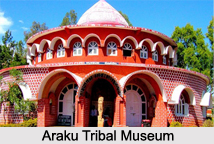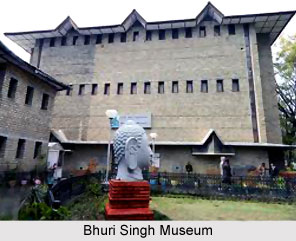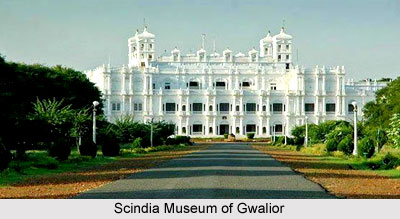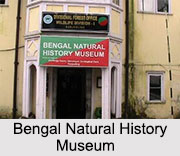 The Bengal Natural History Museum is a small building which started as a modest effort way back in 1903 when the then Governor of Bengal initiated creation of a small museum in the Botanical Gardens of Darjeeling. The building was constructed at a cost of Rupees 14,000 to display only the butterflies and birds of the area. However it was too small and not good enough for the students and researchers to study the whole bird and animal life in the region. Therefore a new building near Chowrasta was constructed in 1915 at a cost of Rupees 55,000 to satisfy the requirement.
The Bengal Natural History Museum is a small building which started as a modest effort way back in 1903 when the then Governor of Bengal initiated creation of a small museum in the Botanical Gardens of Darjeeling. The building was constructed at a cost of Rupees 14,000 to display only the butterflies and birds of the area. However it was too small and not good enough for the students and researchers to study the whole bird and animal life in the region. Therefore a new building near Chowrasta was constructed in 1915 at a cost of Rupees 55,000 to satisfy the requirement.
History of the Bengal Natural History Museum
In the year 1923, the Bengal Natural Museum Society was formed that took charge of the management of the museum. It continued until 1976 after which the management was taken over by the Forest Department of the state of West Bengal. Initially, when the museum started, an amateur ornithologist Charles M. Inlis was the Curator of the museum. He held the post for 26 years since 1923. During his time, he had put in immense effort and built up the museum with active support from many officials including E.O. Shebbeare, The Conservator of Forest (Bengal), G.E. Shaw, The Superintendent of Cinchona Plantation, and many others.
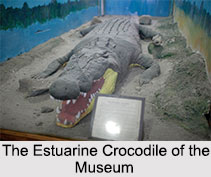 Collections Present in the Bengal Natural History Museum
Collections Present in the Bengal Natural History Museum
The museum houses a huge collection of specimens that include a wide variety of birds, specifically 820 species with nests and 110 species of eggs, along with reptiles, of which only 35 are in display out of the 76 species. In fishes only 57 are in display out of the 100 species. There are also various mammals, with 608 different species of butterflies and moths, and 1104 types of other insects and many more. The museum houses a species of a gigantic crocodile known as the Estuarine which is supposed to be one of the fierce predators and is kept in a low flat glass cabinet. All these specimens were actually real creatures that were captured and preserved. There is a special taxidermy unit in the museum which specializes in curing, staffing and rendering the birds and animals for display on the glass cabinets. This unit has been in function right from the inception of the museum. There is also a small library in the Museum building. It has many rare and valuable books including 125 volume series of The Fauna of British India.
Presently, the Bengal Natural History Museum has been moved from its earlier location, which was only at a walking distance from the town centre at Chowrasta and in the premises of Wildlife Division-I of Darjeeling. It is now moved to a new constructed building at the compound where the Darjeeling Zoo is located along with the Himalayan Mountaineering Institute. The collections and exhibits are the same in the new venue as well but now the visitors have to buy a combined ticket and can visit three attractions with the price of one.
Visiting Information on Bengal Natural History Museum
The Siliguri Junction railway station is at a distance of almost 40 km from the museum and once reaching Darjeeling, the Darjeeling Train Station is the closest at a mere distance of less than half a kilometer. The nearest airport to the museum is the Bagdogra Airport at an approximate distance of 41 km.
